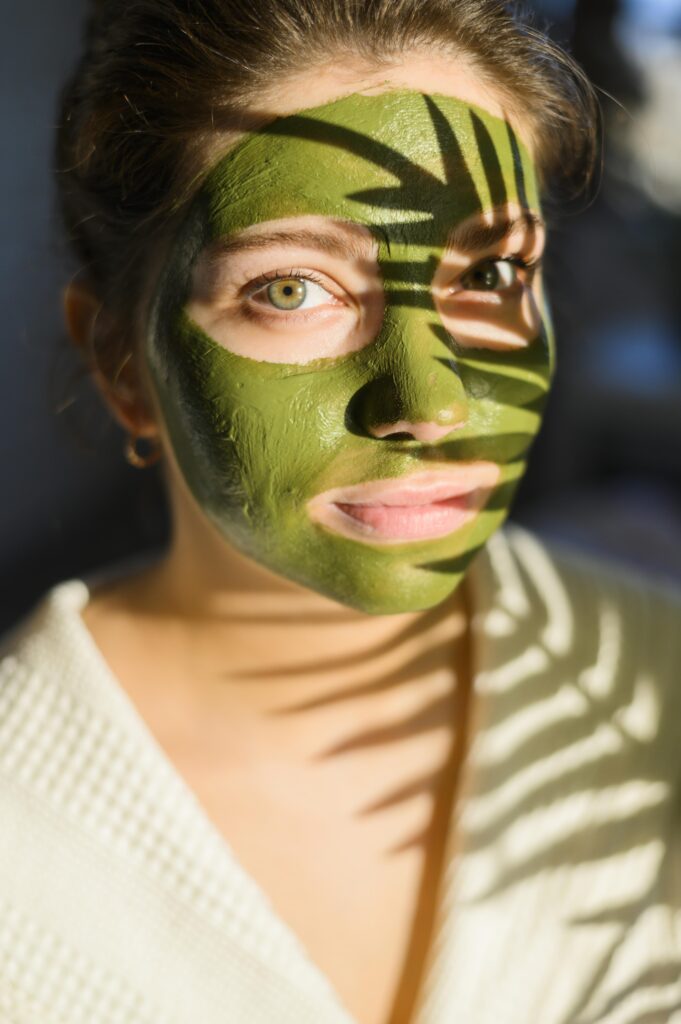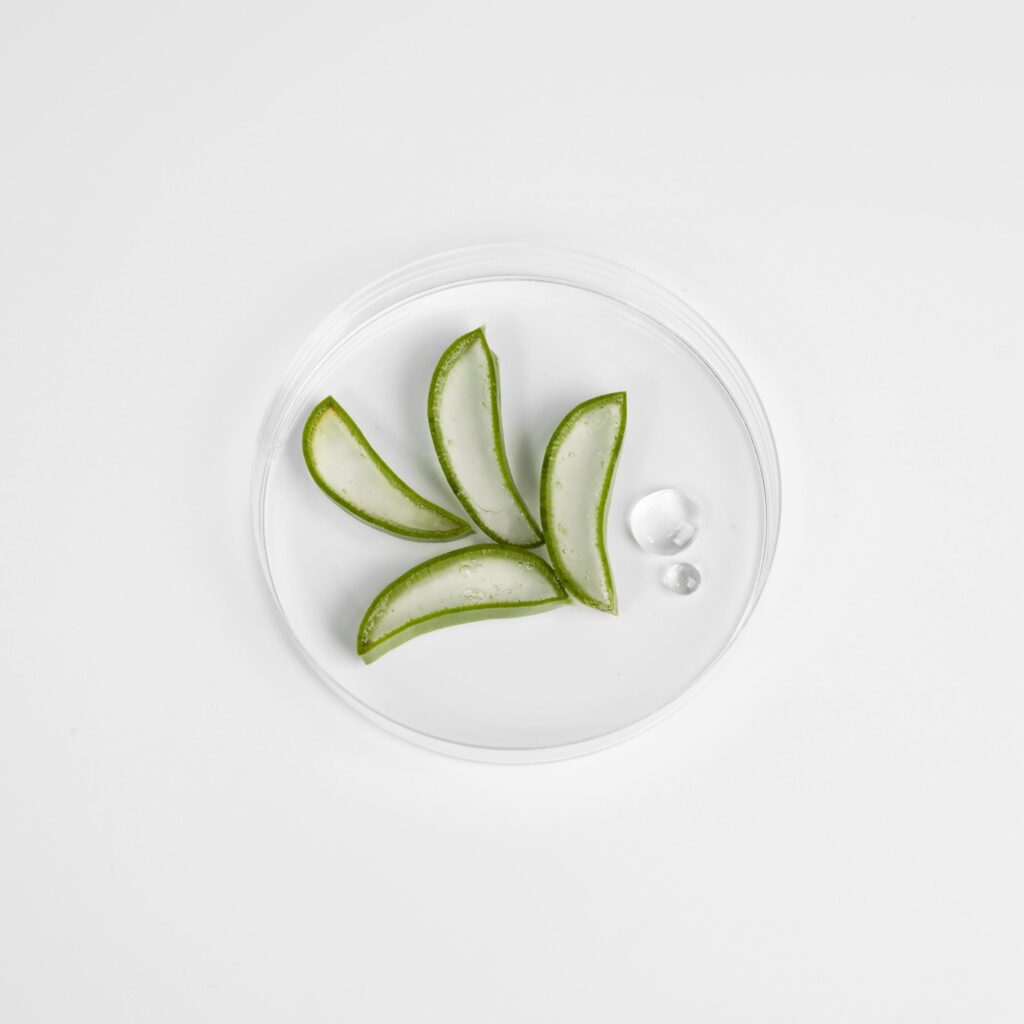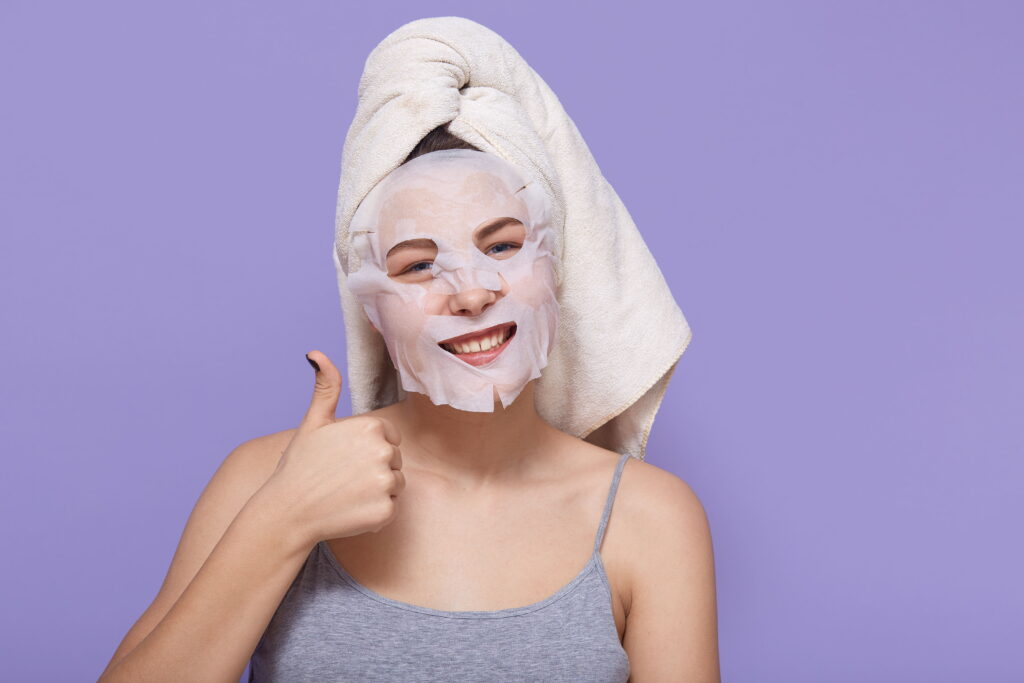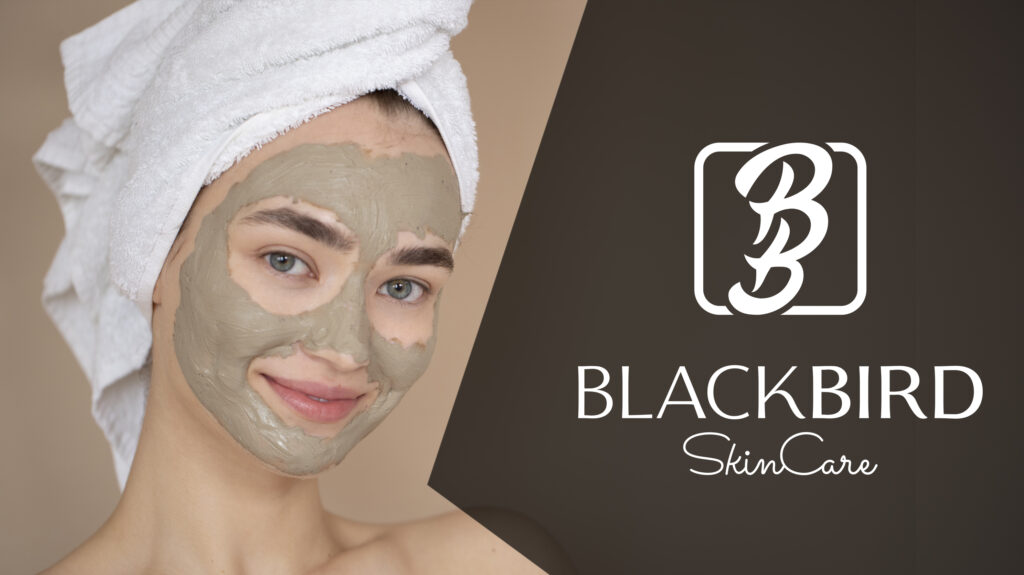In the realm of B2B skincare, particularly within the anti-aging segment, the ingredient list is more than a mere formality—it’s a strategic manifesto. As a procurement specialist, you’re not just buying ingredients; you’re curating a promise of youthfulness and efficacy. The right blend of components can elevate a private label from obscurity to market dominance. This introduction is tailored to captivate you, the discerning buyer, by delving into the alchemy of selecting ingredients that not only meet industry standards but also exceed consumer expectations, ensuring your brand’s ascent in the fiercely competitive anti-aging arena.

Understanding the Target Audience
In the dynamic B2B market of private-label skincare, especially in the anti-aging category, comprehending your business clients’ needs is critical. A skincare brand’s triumph relies on its capacity to identify and cater to the sophisticated demands and skincare challenges faced by professional end-users.
Brand strategists must conduct thorough market research to decode the complexities of consumer behavior and expectations. This research should extend beyond basic demographics to psychographics that reveal the lifestyle, values, and attitudes of the target market. Are they looking for the prestige of luxury ingredients or the assurance of dermatologically tested components? Perhaps they’re drawn to eco-conscious products that promise sustainability alongside efficacy.
The ingredient selection process is a critical piece of this puzzle. It requires a balance between scientific evidence and consumer trends. For instance, while retinol has a long-standing reputation for reducing the appearance of wrinkles, newer ingredients like bakuchiol are gaining traction for those seeking plant-based alternatives. Antioxidants such as vitamin C are universally acclaimed for their brightening effects, but niacinamide’s ability to regulate sebum and minimize pores is becoming increasingly valued by those with combination skin types.

For B2B clients, the challenge lies in converting this detailed knowledge into a well-chosen array of face masks that not only meets the market demand but also positions their brand as a thought leader in the industry. It’s about creating a product line that speaks directly to the consumer’s desire for personalized skincare solutions that are both effective and aligned with their personal beliefs and skincare routines.
By demonstrating a rich understanding of both the scientific and emotional aspects of skincare, brands can foster a strong connection with their audience, leading to loyalty and success in the private-label skincare market.
Essential Ingredients and Their Benefits
Nourishing Plant Oils for Mature Skin: Plant-based oils, such as avocado oil, are rich in skin-beneficial nutrients. They’re packed with proteins, essential fatty acids, and vitamins such as A, D, and E, which are crucial for maintaining skin hydration and resilience, especially when combatting the signs of aging. These oils not only deeply moisturize but also aid in skin repair and fortification against environmental stressors.
Gentle Exfoliation with Fruit-Derived Enzymes: Fruit enzymes are nature’s gentle exfoliants, perfect for sloughing away dead skin cells without harshness, making them ideal for even the most sensitive skin. They encourage a fresher, more vibrant skin surface and can be a cornerstone for products aimed at a rejuvenated appearance.
Turmeric’s Protective Essence: Beyond culinary uses, turmeric is a skincare powerhouse, boasting significant antioxidant properties. Turmeric helps shield the skin from the aging effects of free radicals and can address uneven skin tone and texture, all while offering calming benefits to inflamed or reactive skin.
Hyaluronic Acid – The Hydration Hero: Known for its incredible moisture-binding capacity, hyaluronic acid is a must-have in anti-aging formulations. It draws hydration into the skin, plumping fine lines and creating a supple, youthful complexion that’s essential for mature skin care.
Green Tea Extract – Antioxidant Powerhouse: With its rich antioxidant profile, green tea extract is a defender against premature aging. It also possesses antimicrobial qualities that can be leveraged in formulations targeting mature skin that may still experience breakouts.

Hydroxy Acids for Renewed Skin: Both AHAs and BHAs are key players in exfoliation, helping to dissolve the bonds between old skin cells and reveal the newer skin beneath. They are effective in addressing pigmentation, texture irregularities, and the aftermath of sun exposure.
Aloe Vera’s Soothing Touch: Aloe vera is renowned for its soothing properties, making it a go-to ingredient for calming irritated skin and providing a moisture surge in products designed for sensitive or compromised skin barriers.

Kaolin Clay for Balanced Cleansing: Ideal for mature skin that may also be prone to oiliness, kaolin clay gently absorbs excess sebum without stripping the skin, maintaining a perfect balance for a comfortable, matte finish.

Sweet Almond Oil for Softening and Protection: This oil is a multitasker, offering hydration, healing, and protection with its blend of fatty acids and vitamins. It’s particularly beneficial for nourishing products aimed at strengthening the skin’s natural barrier.
Rosehip Seed Oil for Radiance: A gem for brightening and hydrating, rosehip seed oil is rich in antioxidants and fatty acids, making it a prime choice for formulations targeting dullness and promoting a clear, glowing complexion.
Customizing Ingredients for Different Formulations
As an innovator in the private-label skincare market, it’s vital to create a product line that stands out and caters to the varied concerns of different skin types. When curating anti-aging face masks, for instance, incorporating ingredients like retinol can significantly appeal to those combating wrinkles, given its reputation for stimulating collagen production. For the hydration-seekers, a mask that combines hyaluronic acid with soothing aloe vera can offer a quenching retreat for dehydrated skin. Meanwhile, for customers with a shine-prone complexion, a blend of kaolin clay and salicylic acid in a mask can provide a dual action of oil absorption and gentle exfoliation. It’s about creating a harmonious blend of ingredients that promise efficacy without compromising on the gentleness required for frequent use. By doing so, you not only cater to the needs of your clientele but also establish your brand as a beacon of innovation and sensitivity in the skincare domain.
Staying Updated with Skincare Trends
As we traverse the evolving skincare landscape, 2023 signals a blend of botanical wisdom and scientific breakthroughs, spotlighting ingredients that marry performance with a nod to environmental stewardship. Among the vanguard, we find green tea, its potent catechins like EGCG offering a shield against the ravages of free radicals and sun damage, while simultaneously addressing the redness and uneven skin tones that challenge consumers. The rise of water-soluble CBD marks a new chapter in skin therapy, promising deeper penetration for a more profound calming effect on stressed skin. The integrity of the skin’s barrier takes center stage, with plant-derived ceramides from sources such as sweet potatoes and grains stepping up to reinforce our natural defenses, especially against the backdrop of aggressive active ingredients that populate our shelves. The skincare zeitgeist also embraces the gentle power of fermented extracts, which bring a cocktail of postbiotic benefits while championing a more sustainable approach to beauty, from production to packaging. The science of skin’s microbiome gets a boost from prebiotics, which feed and fortify with natural sugars and oils, fostering a balanced ecosystem. Niacinamide, a stalwart in the skincare arsenal, continues to impress with its versatility in refining texture, bolstering elasticity, and regulating sebum. The trend towards upcycled ingredients and bioidentical components reflects a growing consciousness in the industry—a move towards products that not only talk to our skin in its own language but do so with an eye on the planet’s well-being. For brands at the cusp of innovation, these trends offer a roadmap to developing product lines that resonate with the informed consumer, blending efficacy with ethical responsibility.

Navigating the Complexities of Skincare Compliance and Excellence
For entrepreneurs and leaders in the B2B skincare sector, launching a successful product line requires navigating stringent regulatory standards and an unwavering commitment to quality. As you embark on this journey, it’s imperative to grasp the intricacies of cosmetic regulations and ensure your products meet and exceed industry benchmarks.
A Deep Dive into Skincare Regulations
The skincare industry is governed by a complex web of international regulations designed to protect consumers and ensure product safety. These regulations are not static; they evolve with scientific advancements and societal expectations. As a brand custodian, you must stay abreast of these changes to ensure your products remain compliant in every market you enter.
In the European Union, the regulatory framework is robust, requiring a comprehensive dossier for each product, including safety assessments and detailed ingredient lists. The United States takes a more decentralized approach, with the FDA providing guidelines rather than pre-market approvals, placing the onus of safety directly on manufacturers.
For a new skincare line, it’s crucial to understand the nuances of these regulations. For example, a product classified as a cosmetic in one country might be considered a therapeutic good in another, necessitating a different compliance strategy.
The Pillars of Quality Assurance
Quality assurance is the backbone of a trustworthy skincare brand. It’s not just about meeting the minimum standards but setting new benchmarks for safety and efficacy. This involves rigorous testing protocols, from stability tests to ensure the product maintains its integrity over time, to patch tests that confirm its safety for skin contact.
Incorporating a robust quality assurance process into your brand’s DNA means establishing strict internal standards and regularly auditing your supply chain. It’s about creating a culture that values excellence and transparency, ensuring that every product that bears your brand’s name is synonymous with reliability.

Collaborating with Suppliers and Manufacturers
Establishing robust partnerships with suppliers and manufacturers is fundamental to the success of any private-label skincare brand. Here’s an enhanced perspective on how to navigate these relationships effectively:
Strategic Benefits of Collaboration
Collaboration with the right suppliers and manufacturers can unlock several strategic advantages for a skincare brand:
- Innovation Leverage: By partnering with suppliers who are at the forefront of skincare innovation, brands can integrate the latest ingredients and technologies into their products, keeping them competitive and appealing to consumers.
- Scalability: A reliable manufacturing partner can scale production up or down in response to market demand, ensuring that the brand can meet customer needs without overcommitting resources.
- Risk Mitigation: Experienced manufacturers have established quality control processes and are familiar with regulatory compliance, significantly reducing the risk of product recalls or compliance issues.
Best Practices for Collaboration
To cultivate a mutually beneficial relationship with suppliers and manufacturers, consider the following best practices:
- Shared Vision: Ensure that your manufacturing partners understand and share your brand’s vision and commitment to quality. This alignment is crucial for long-term success.
- Communication and Transparency: Establish clear communication channels and set expectations for transparency. Regular updates and meetings can help both parties stay aligned with goals and progress.
- Flexibility and Adaptability: The skincare market is dynamic. Working with suppliers who can adapt to changing trends and consumer preferences is vital for staying relevant.
- Intellectual Property Protection: While specific case examples cannot be shared due to confidentiality agreements, it’s essential to have robust contracts in place that protect your brand’s formulas and proprietary information.
Without Case Examples
Without divulging confidential client information, you can still assure potential clients of the value of these partnerships by discussing hypothetical scenarios or generalized outcomes that demonstrate the potential benefits, such as improved market responsiveness, enhanced product quality, and increased customer satisfaction.
Conclusion: The Art of Ingredient Mastery in Anti-Aging Face Masks
In the delicate art of creating anti-aging face masks, every ingredient plays a key role. As a brand decision-maker, your mastery in selecting the right components is not just about blending substances; it’s about weaving a narrative that resonates with your audience’s desires for health, youthfulness, and efficacy.
The Essence of Choice
Your selections speak volumes about your brand’s philosophy and commitment to quality. From peptides that are firm to antioxidants that protect, the ingredients are the heroes in your product’s story. They are the silent ambassadors of your brand, promising transformation and delivering results.
Innovation and Adaptation
Staying attuned to the latest trends is crucial, but so is the timeless commitment to safety and effectiveness. As you innovate, balance the allure of new discoveries with the trustworthiness of established science. Your brand’s reputation is built on the bedrock of products that not only promise but also perform.
Final Thoughts for the Forward-Thinking Brand
Your path is marked by continual learning and adaptation. Embrace the challenge of staying ahead in a dynamic market by making informed, strategic choices that align with your brand’s vision and your customers’ needs. In doing so, you’ll not only capture the essence of what it means to age gracefully but also ensure your brand’s enduring success in the competitive landscape of skincare.


